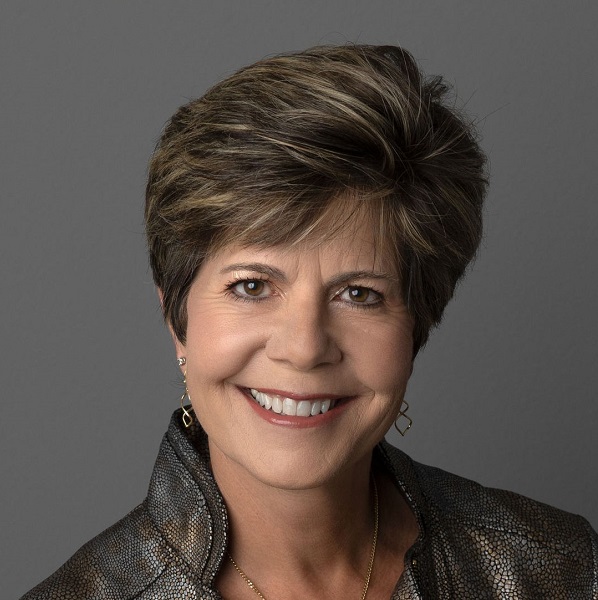Imagine all things in the entire Creation making up an interconnected whole. Imagine a world in which the explicit purpose of life is to realize the wholeness of the entire creation, to serve the good of the whole, and to live out our lives in wonderment of and in harmony with that whole.
In this wholeness, everything would be so interdependent that apparent opposites – like yin and yang, feminine and masculine – become complementary, interrelated halves of the same whole, balancing, integrating, uniting, and transcending their assumed duality.
A vision of this wholeness is found in the Hermetic principle of “As above, so Below; all things accomplishing the miracles of the One Thing.” This is the vision that Plato offers us, too:
Perhaps there is a pattern set up in the heavens for one who desires to see it, and having seen it, to find one in himself.
What if there were other ways we could discover this holistic law of correspondence between the macrocosm and the microcosm? What if there is a pattern within us designed to maintain the harmony of the whole?
Patterns allow us to find meaning in, and make sense of, all things, especially when they connect apparent randomness. The earliest Indigenous peoples observed patterns in nature that gave them wisdom to live by. They observed the cycles of nature and applied these to their own lives.
Built-in to their rites was a process leading to and through transformation, to assist and enable the transition to the next stage of life. Arnold van Gennep identified this pattern as a core process taking the initiate through the three phases of separation, transition, and incorporation. This ritual process was designed to guide the young person from a dependent state through independence and on to interdependence within one’s community.
Transformation is at the core of a pattern that keeps us moving along a path intended to guide us from separation to union, or wholeness. This central pattern of transformation can also be uncovered within the basic structure of story itself. It is not just beginning, middle, and end, but on a deeper and more meaningful level beginning, muddle, and resolution.
The muddles, or challenges we face, represent the core of the pattern bringing the process of transformation to its completion, or resolution.
This hidden thread of wholeness connecting us all also runs deep in mythology and mysticism. In mythology, another version of this pattern was made popular by Joseph Campbell who pulled together the archetypes of the world’s myths to form the pattern he called the monomyth, consisting of a journey of departure, initiation, and return.
In mysticism, Evelyn Underhill described “the mystic way” as a journey of spiritual transformation following a pattern that leads from awakening to purification to union.
This pattern of living into wholeness also finds its way into the psychology of Carl Jung. He called this the “individuation process” and consisted of the conscious experience of the archetypes we are born with, embedded in our psyche, or unconscious, bubbling up from within, released by life experiences, making us aware of their innate existence, and enabling the merging of opposites into a new whole. This involves great struggle and takes in the stages of birth of the ego, death of the ego, and birth of the whole self.
What we end up with when we merge these ways of knowing and practices into one is a blueprint for living into the wholeness that brings with it a unitive consciousness. This blueprint consists of the 3 main parts, Call to Wholeness, Path of Purification, and Return to Wholeness, as described further in A New Story of Wholeness.
This could be the pattern found within us that connects us to the heavens, as Plato envisioned. An essential part of our archetypal DNA, this pattern transforms our lives, keeps our focus on the wholeness of all things, and keeps humanity on its evolutionary path, all at the same time.
We become aware of this universal pattern as we communicate more with the inner realm and as the eternal bursts forth from our unconscious, giving us a timeless understanding that countless others have experienced before us. When this happens, this universal pattern becomes a roadmap for achieving the greatest expansion of consciousness that is humanly possible. Through it, we not only fulfill our innate potential, but also, by naturally wanting to pass on its understanding to others, we would transform the world in the process.
Living into our wholeness includes wrestling with our demons, dancing with our angels, making plans with our inner guide, and connecting with our soul, all of which results in a deeply lived life.
The goal of this process of remembering our unitive consciousness is not escape from the world, or even union with the Creator, but the fullest possible spiritual development through our work in the world.
As we live into this wholeness, sharing our story of this experience connects the human family, one story at a time.
Adapted from A New Story of Wholeness: An Experiential Guide for Connecting the Human Family by Robert Atkinson (2022)
Robert Atkinson, Ph.D., an award winning author and member of the Evolutionary Leaders Circle, is an internationally recognized authority on life story interviewing, personal mythmaking, and soul-making. He is the author of A New Story of Wholeness: An Experiential Guide for Connecting the Human Family, co-editor of Our Moment of Choice: Evolutionary Visions and Hope for the Future (2020), and the author of The Story of Our Time: From Duality to Interconnectedness to Oneness is a 2017 Nautilus Book Award winner. www.RobertAtkinson.net








